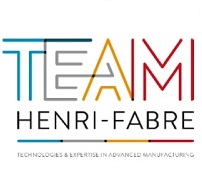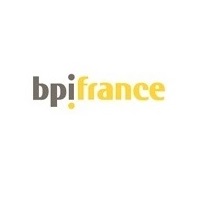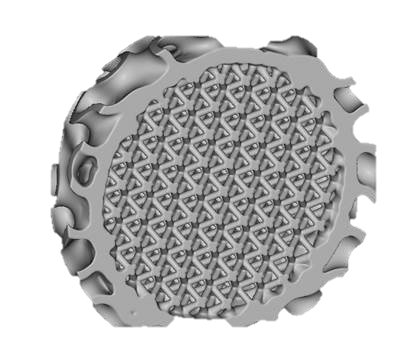GPU cooling and additive manufacturing
An idea to save our simulation computer
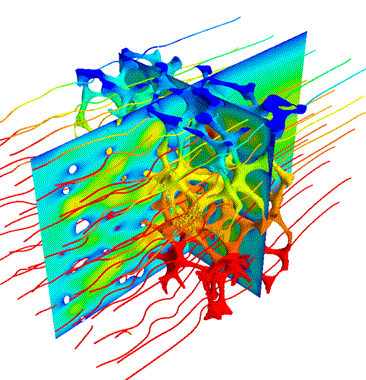
CFD modelization of heat transfer coupled with fluid flow in metal foam
Temisth is specialized in the development of thermal solutions for the industry using advanced manufacturing like 3D printing (in metal and polymers), rapid casting, FSW. Our offer is divided in 3 main axes: numerical simulation, advance manufacturing and experimental tests. For the first axis, we use high capacity of calculation for CFD (computational fluid dynamics). Our computers are made of several cores (16 or 32), high RAM quantity (64, 128Go) and graphic cards with important capacity for the visualization of complex structures simulations.
“Shoemakers children are the worst shod! it can be applied for thermal engineers”
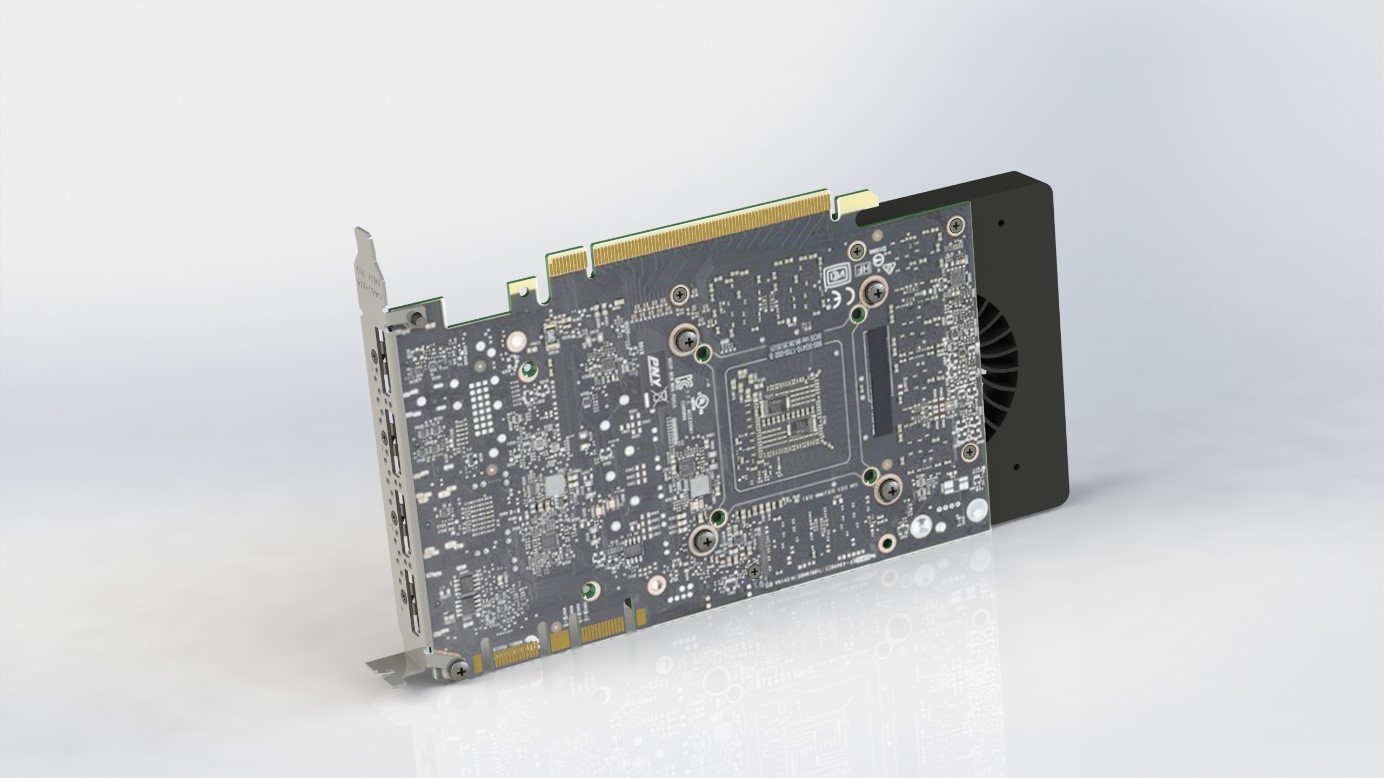
Our overheated GPU card
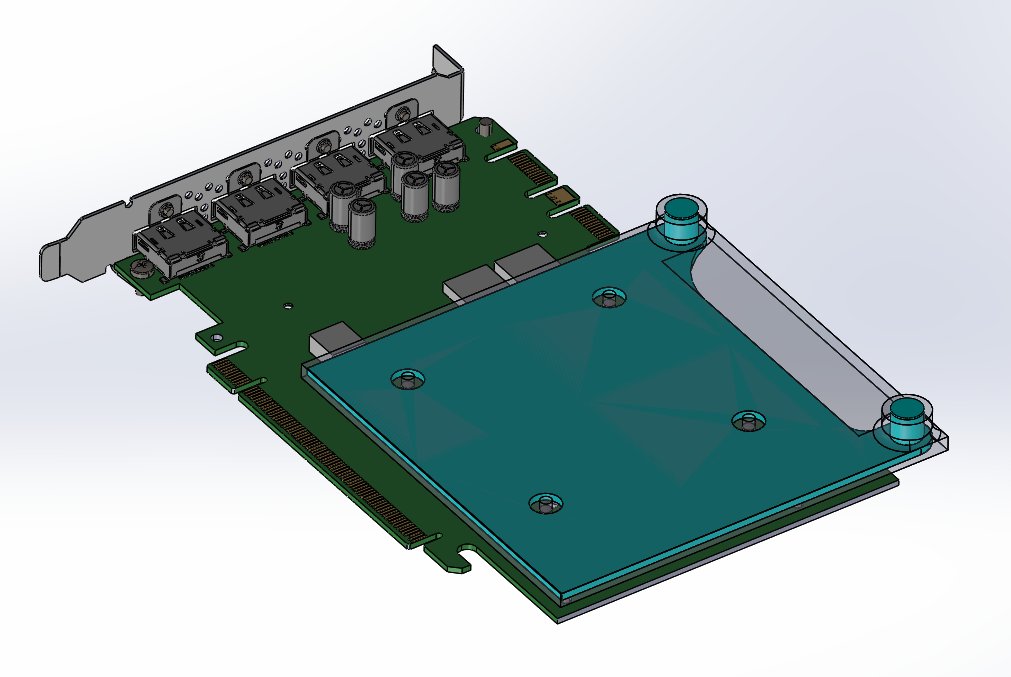
Cold plate fluid volume located on the GPU card
This volume is considering the fixation system, the water inlet and outlet and the position of the main electronic component that generates heat. A first simulation on CD-Adapco Software, a Siemens company, StarCCM+ v15 was made on the empty volume. The result shown that we can find a natural path for the water flow by adding a water drop profile around the fixation holes and by removing the low velocity (and thus low heat transfer rate) areas. However, we can see that one of those areas is located at the hottest point on the surface of the cold plate. We decided to keep this area flowing.
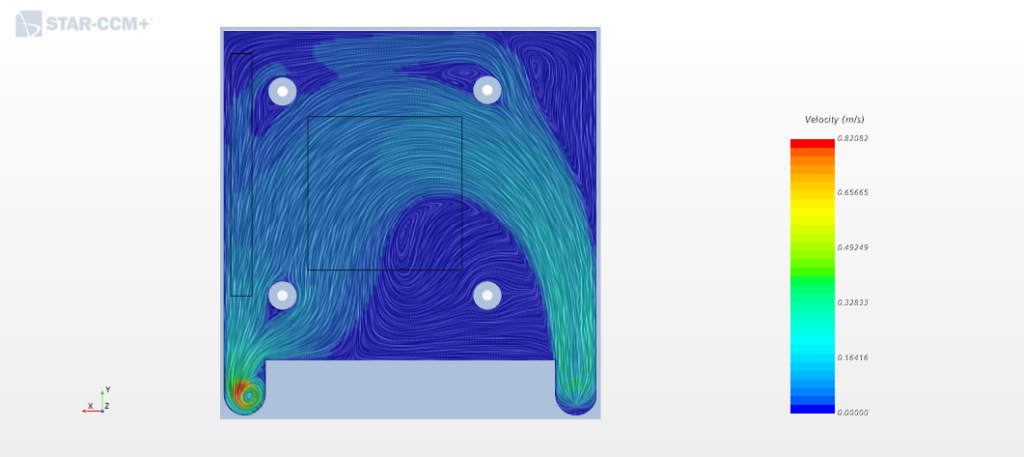
Convolution of fluid velocity vectors.
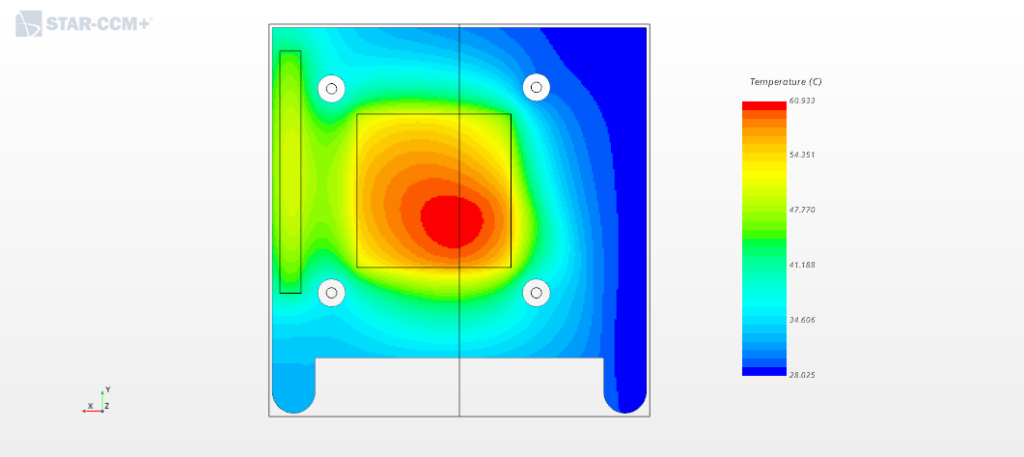
Temperature field on the cold plate surface.
After removing unused area in accordance with heat transfer needs, we discovered that the fluid flow can be optimized again by adding a porous media … Wait! Wait! Our CEO, Jean-Michel Hugo, performed his Ph.D on the use of lattice structures for heat transfer enhancement more than 10 years ago. We can do something with this.
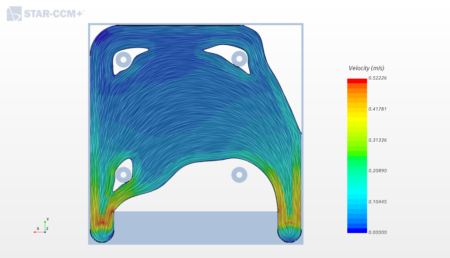
Modified fluid volume with additional porous media for enhancing heat transfer
Using an appropriated porous media, we can obtain an homogeneous velocity field as shown on the porous approach on the left.
The goal, now, is to generate the CAD of an evolutive lattice structure depending on the physical field results.
Sebastian said :
“with nTopology, we can do it!”
We are just at the beginning of this story. You will find update in the next weeks (we have a lot of time during the lockdown!)
Waiting for the next step, we wish you to keep safe and be careful about your health.
nTopology capacity for generating custommized lattice structure
Stay at home!
